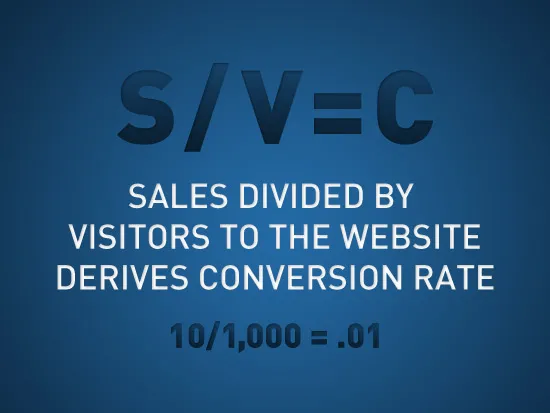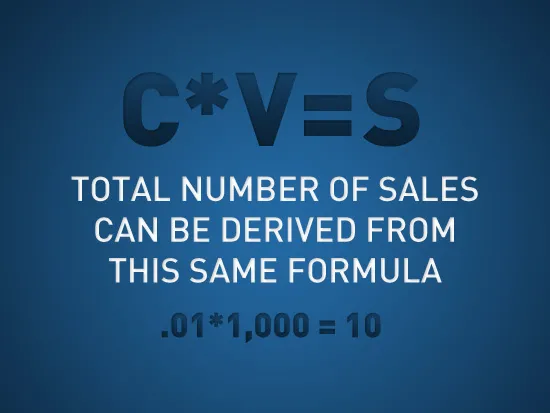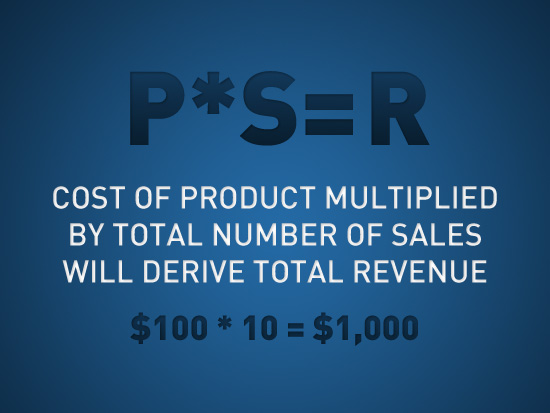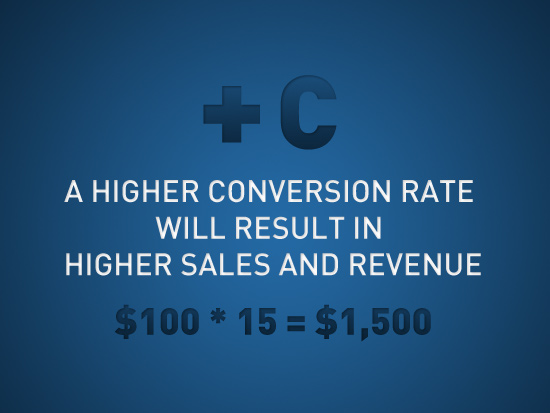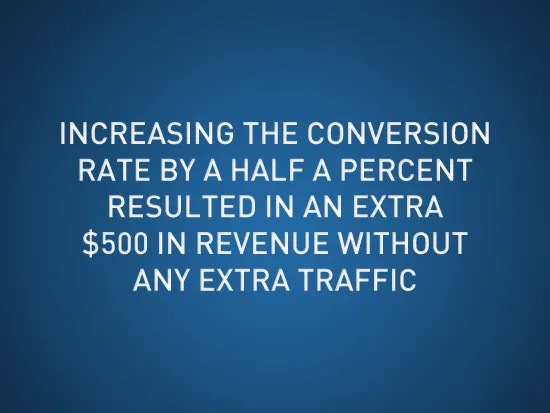Conversion Rate Optimization
Instead of getting more traffic, why not get more out of the traffic you already have?
Hopefully, most website owners have a purpose or goal in mind before they release their website out on the wild Web. Usually the overall goal of the website has been well thought out and broken down into big goals, and smaller but still important goals. An ecommerce website for example, would probably consider a sale of one of the products as the main goal of the site. But they might also consider other smaller visitor interactions such as signing up for a newsletter or following the store on Twitter or Facebook.
When a site visitor does makes or purchase, signs up for a newsletter, or does whatever it is the website owner considers a successful visit, we say the visitor “converted”. They found the site, did what we hoped they would do, and converted into a customer, a member, or downloaded videos and/or documents.
The number of converted visitors is one of the most important ways to measure the success of a website because they are achieving one of the predetermined goals of the business or website. The rate that visitors covert, is called the conversion rate.
Types of Conversions
All website are different, and the goals of each will likely vary as well. But there are some basic “conversions” or “goals” that can apply to most websites.
A conversion might happen when a visitor does any of the following. Each different conversion will have different value to the business both in the short and long term.
Purchase – A visitor found your website and decides to buy.
Email – A visitor clicks on emails on the website.
Contact Form – A visitor makes contact through one of the forms on the site.
Newsletter – A visitor opts in to a newsletter.
Phone Number – A visitor calls the number on the website. Having a unique phone number on your site allows you to calculate the number of phone calls to your business as a result of your website.
Engaged with Social Media – All of those “share” or “like” buttons on your website can help spread the word about your website. These are important and could be considered a successful web visit.
Watched a Video – Does your website have promotional videos? You probably want to know if visitors watched those videos and where they came from.
Become a Member – If your website has a community, building that community would be a typical goal.
Download a Document – If your website has promotional documents, you would probably want to know how many people are downloading them.
How Do You Increase Conversions?
In the early years of Internet marketing, site owners were mostly concerned with traffic, traffic, and more traffic. More traffic was how a lot of people judged the success of their Web properties. Obviously traffic is important, but more importantly is getting more visitors who actually achieve one of your desired goals. The focus then becomes getting the best quality of traffic and taking steps to get those visitors to convert into customers.
With trackable goals in place, and some data showing you that visitors are converting successfully, the next question is “how do we get more of these converting visitors?”
The marketing term for this is Conversion Rate Optimization, or CRO for short. CRO involves analyzing your visitors and creating an experience that converts more of them into customers.
How is this done?
The process of CRO involves running fairly controlled tests with your website traffic. You design multiple variations of the same page, and make them compete against each other to see which one produces the most conversions. Traffic is spread out across all variations of those pages and visitor engagement is monitored. Conversions that each page produces are totaled over time. Once enough data has been compiled, a winner is declared and poorer performing pages can be retired. Then you do it all over again.
What to test?
Typically, the layout and presentation of your webpage is what should be tested. The size and placement of your calls-to-action will usually affect the overall conversion rate. The headlines in your calls-to-action also make a difference. Some people even say changing the colour of certain features catch the eye better and help to increase conversions.
As a general rule, nothing is off limits. The data collected will make it pretty easy to see what’s working and what’s not. And you’ll never know until you try it out.
Benefits: The Math Behind CRO
Let’s use some math to break down how using Conversion Rate Optimization can help your business succeed.
Posted on: 06/19/2012
Posted by: Craig Hauptman – President & Founder
Related Insights:
Search Traffic: Paid vs. Organic – The Fundamental Differences and How to Leverage Each Type
Mobile Majority – Why a Mobile-First Approach is so Important
The AIDA Model – When to Use Specific Digital Ad Platforms Throughout the Sales Funnel
A/B Testing for Continual Improvements – Split Testing for Incremental Website Improvements
AI Chatbots & Search Engines – How AI Chatbots Will Impact Search Engines


